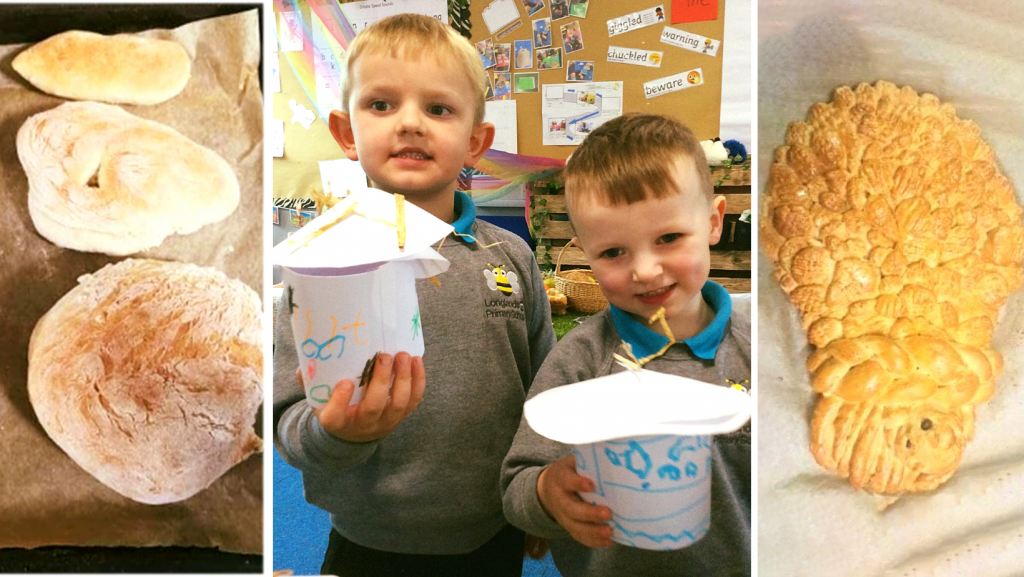Design & Technology at Longlands Primary School
Intent
Through our D&T curriculum, we aim to inspire pupils to be innovative and creative thinkers who have an appreciation for the product design through the formation of ideas or concepts, creation of the product and evaluation. We want pupils to develop the confidence to take risks, through drafting design concepts, modelling, and testing and to be reflective learners who evaluate their work and the work of others. Through our D&T curriculum, we aim to build an awareness of the impact of design and technology on our lives and encourage pupils to be resourceful, enterprising citizens who will have the skills the contributes to future design advancements.
Click here for the Long-Term Plan.
Implement
Our D&T curriculum has a clear progression of knowledge and skills across each year group within the five strands.
- Design
- Make
- Evaluate
- Technical Knowledge
- Cooking and Nutrition
Click here for the Progression of Skills document.
D&T is taught in 6 weekly blocks every other half term. Pupils respond to design briefs and scenarios which require the consideration of the needs of others, developing their skills in six key areas;
- Mechanisms
- Structures
- Textiles
- Food and Nutrition
- Electrical Systems (KS2) and
- Digital world (KS2)
Each of the six key areas follow the design process (design, make and evaluate). The curriculum is spiralized with key areas visited again and again with increasing complexity, allowing pupils to revisit and build on their previous learning. Lessons are engaging and incorporate a range of teaching strategies from independent tasks, paired and group work including practical hands on, computer based and inventive tasks.
In the Early Years Foundation Stage, Design and Technology forms part of the learning children acquire under the ‘Knowledge and Understanding of the World’ branch of the Foundation Stage Curriculum, which also covers Geography, History, ICT, and Science. Children will learn through first-hand experiences. They will be encouraged to explore, observe, solve problems, think critically, make decisions and to talk about why they have made their decisions.
Impact
Impact is constantly monitored through both formative and summative assessment opportunities. During lessons, teachers assess pupils against the learning objectives and each unit has a quiz and knowledge catcher which teachers either use at the beginning or end of each unit.

Design & Technology at Longlands Primary School

